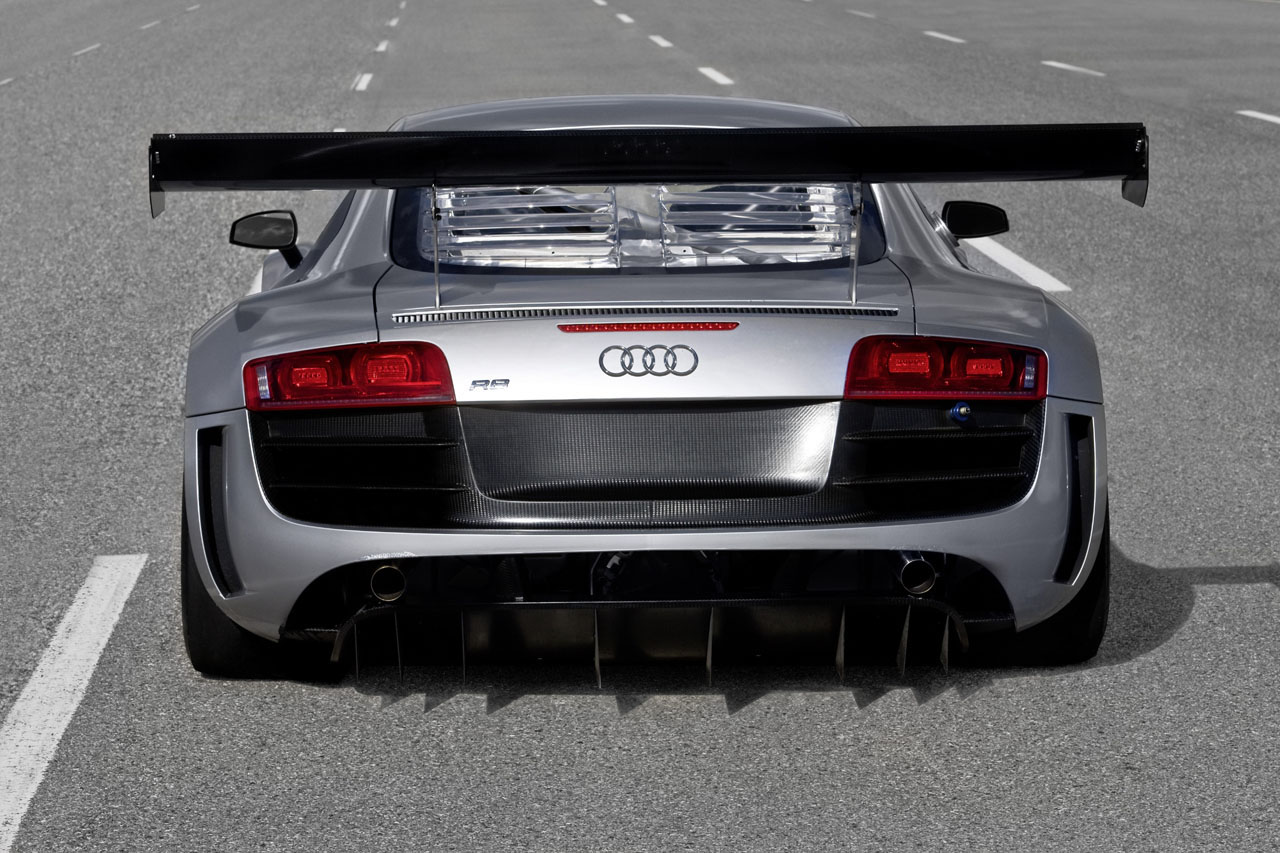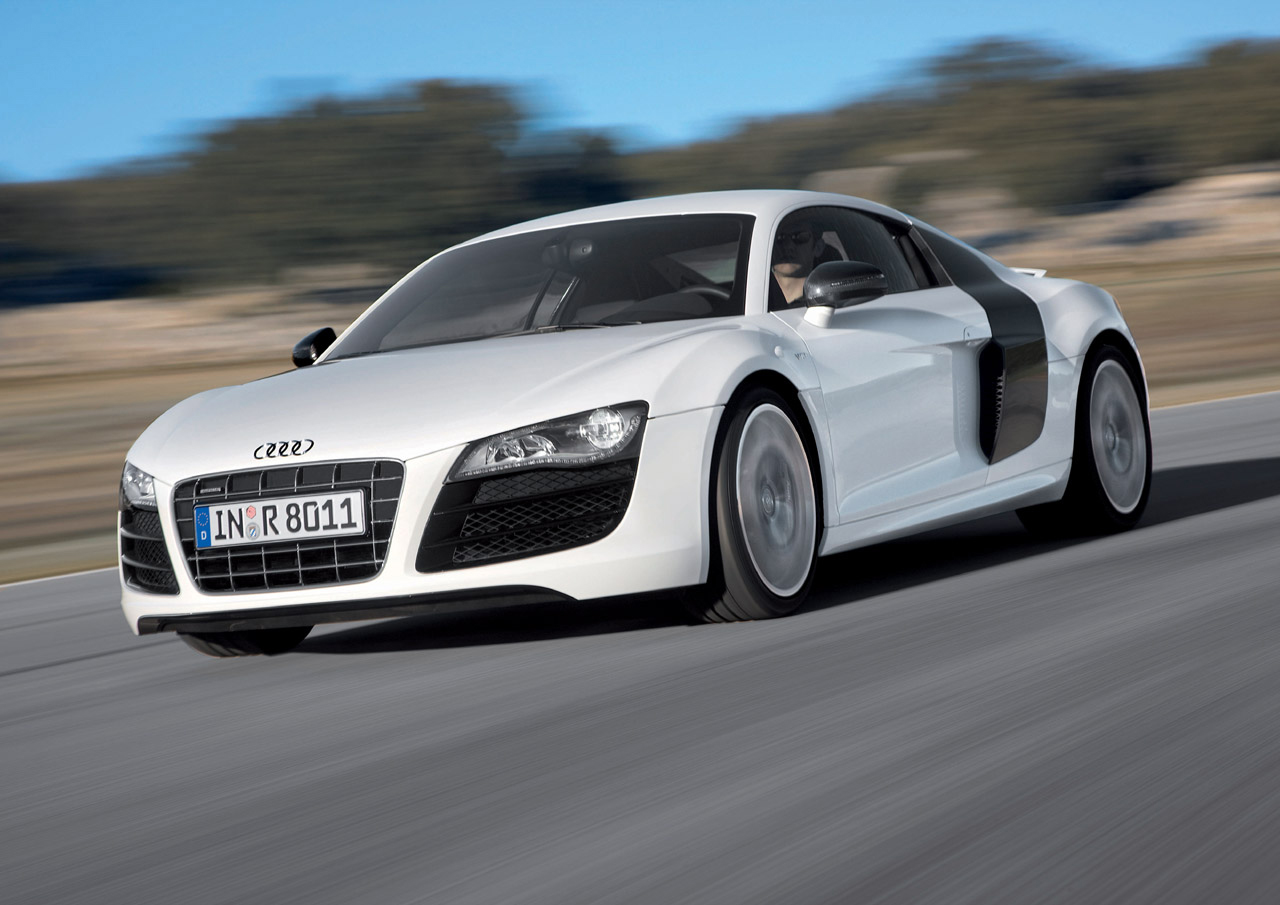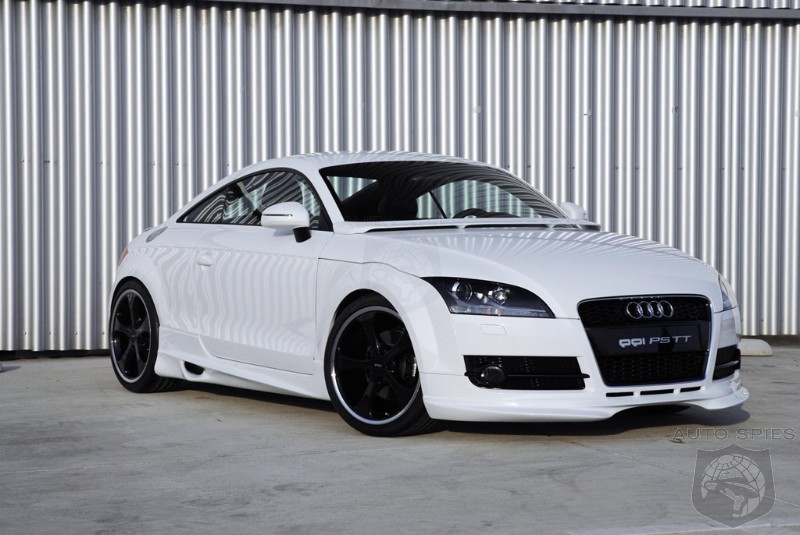Audi Q7 (2011)
Even more power, even higher efficiency: Audi has revised the engine lineup for the Q7. The two gasoline engines, both V6 units but with different power outputs, are new, and so is the second-generation V6 TDI. A mighty V8 diesel completes the range. All the engines for the Audi Q7 combine two technologies: forced induction and direct fuel injection. A high-performance recuperation system that recovers energy during braking is also a standard item with all six- and eight-cylinder engines.
The new 3.0 TFSI gasoline engine embodies Audi's downsizing strategy: replacing engine displacement with supercharging. Within the 90-degree angle formed by its cylinder blocks there is an engine-driven supercharger that compresses the intake air. Two charge-air intercoolers prevent the air temperature from rising, so that the engine draws in more oxygen for the combustion process. Vigorous thrust and spontaneous throttle response make the 3.0 TFSI engine, with its sonorous note, an ideal source of power for the large high-performance SUV from Audi.



















































